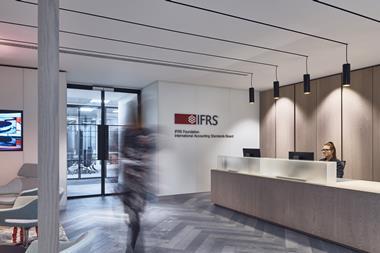The €381bn Dutch civil service pension scheme ABP announced it will raise its contribution by 2.3 percentage points to 21.1% next year, as it has reduced its assumptions for future returns.
The adjustment followed economic indications of structurally lower interest rates as well as returns, ABP said.
Rather than drawing its expected returns from the maximum allowed assumptions – equating to 3.6% in real returns minus inflation – it has decreased its expected yield to 2.8% for the coming years, its spokeswoman said.
Under the new financial assessment framework (nFTK), pension funds are allowed to use maximum returns for equity, AAA-rated government bonds, and non-listed property of 7%, 2.5%, and 6%, respectively.
ABP made clear that the raised premium must also contribute to the recovery of its funding, which had dropped to 92.8% at October-end, and is now near the critical level that triggers immediate rights cuts.
It added that rising life expectancy and changes in its participant population had contributed 0.2 and 0.1 percentage points to the contribution increase.
The civil service scheme could not provide more details about the further rise of its premium, citing factors such as developments in salary, longevity, and the franchise – the part of the salary that is exempt from pension accrual.
ABP said that it expected that its premiums would rise further by a couple of percentage points during the coming years.
The civil service scheme did not grant an indexation for the eighth consecutive year, taking the combined inflation compensation in arrears to 11.9%.
Earlier, the €185bn healthcare scheme PFZW said its contribution would remain at 23.5%, while the €21bn PGB announced a rise from 21.5% to 24%.
Premiums at the large metal schemes PMT and PME, however, are set to decrease as a result of a five-year agreement with the social partners.
The €68bn PMT is to reduce its contribution from 23.5% to 23%, while PME (€44bn) is to decrease the premium level from 23.2% to 22.9%.
Both metal industry schemes were able to reduce their contributions as they had created a financial buffer from premium surpluses during the past years.











No comments yet